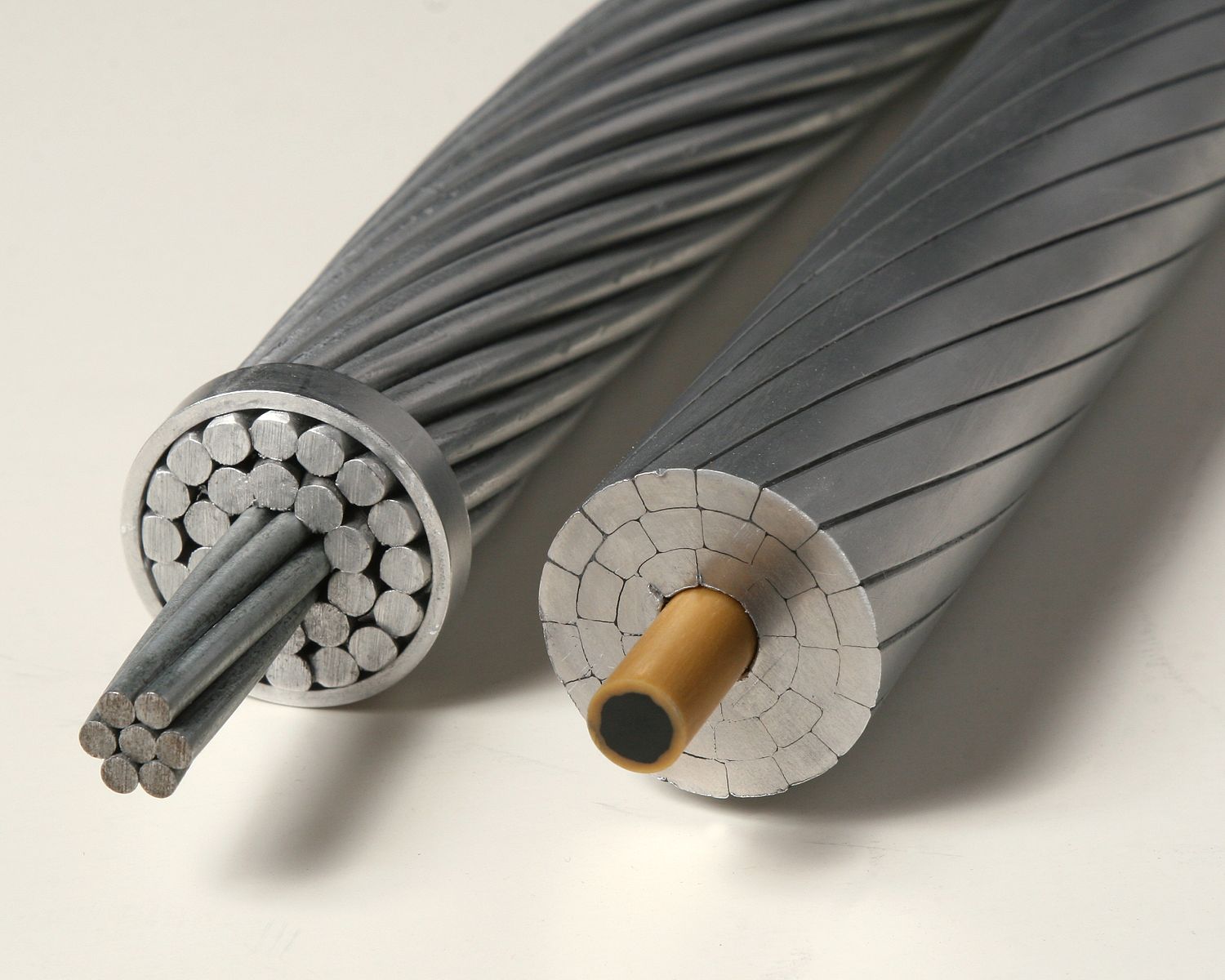Power Lines
Overview
- Transmission systems are about moving bulk power
- Overhead power lines are classified as either 'distribution' lines, lower voltage lines which we see locally, or 'transmission' lines which are bigger lines moving more power, typically between cities and between generation (power plant, wind farm, solar farm) to the load (outside the city).
- Transmission lines are also split into another bucket based on their voltage (which roughly correlates to their size)
Wiring
- Copper is more conductive than aluminium, but aluminium is much lighter and cheaper; it becomes the economical choice for wiring material.
- ASCR is the default, which standards for Aluminium Conductor Steel Reinforced. This is a steel core wrapped with aluminium. Power generation creates heat which expands the aluminium and causes it to sag. The steel core limits this sag and allows the line to retain integrity.
- There are new core technologies now, like a ACCC (Aluminium Conductor Composite Core). This means the steel is replaced by composite materials which allow for way more power down the line, as the lines can support more sag.

Conventional ACSR (left) and modern carbon core/ACCC (right) conductors.
Source: Wikipedia: Overhead power line
Medium Voltage
- For context: currently the world has a long list of power generation capabilities waiting to be added to the grid, but the transmission capabilities are currently the bottleneck.
- Probably going to be at the transmission-distribution interface, or in the distribution system
- DC power is easily controllable and could be extremely useful around the transmission-distribution interface at medium voltage
- The goal is to enable new, renewable types of generation to get onto the grid
Undergrounding
- There are a lot of benefits for undergrounding power lines
- The reason DC is important is that undergrounding AC is incredibly difficult - maximum of 40 to 100 miles due to stability issues from the earth
- When DC was difficult to interface with the AC grid (less relevant thanks to new technology) it was restricted to only 'spurs'
- If you underground in a highway with DC, you are using existing right of way and can transport a lot more power, so it is estimate that it may be closer to parity as opposed to the 5-10x typically cited. It could be closer to 1-2x if you think about power over distance. By gigawatt mile, it may be closer to 1:1 with AC, though more funding and trial systems need to be put in place to confirm this.
Future Notes
- Almost all power is AC but China have recently had an enormous build-out of DC power lines. These are huge networks which can move longer distances more easily, which leads to higher capacity (AC creates flow issues).